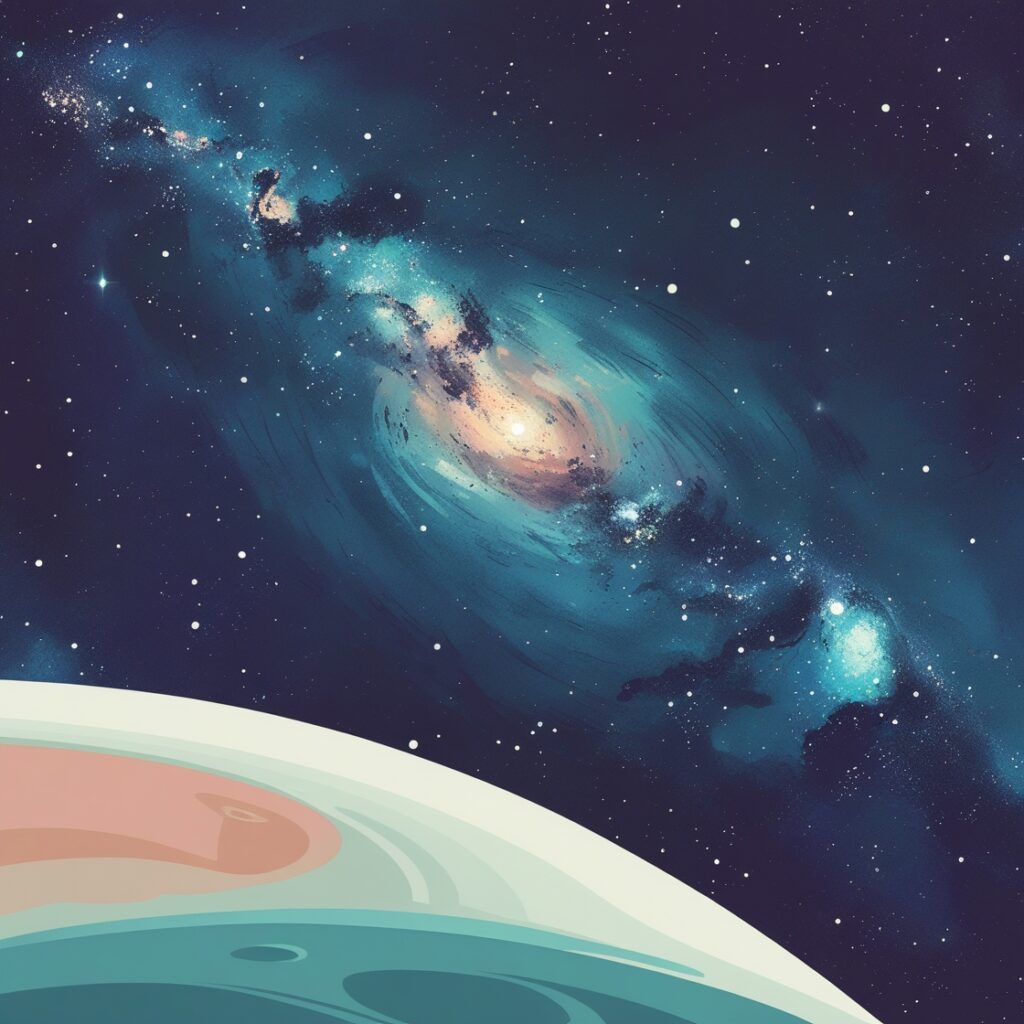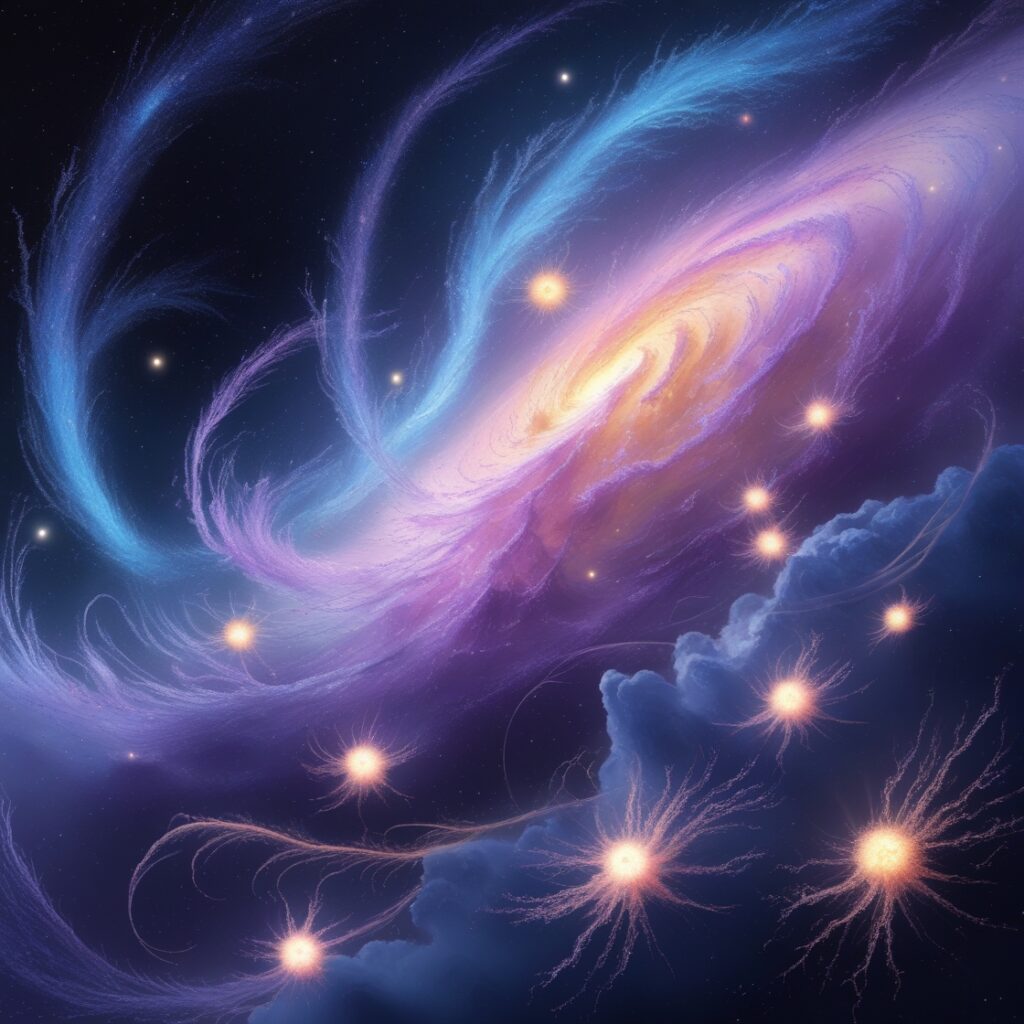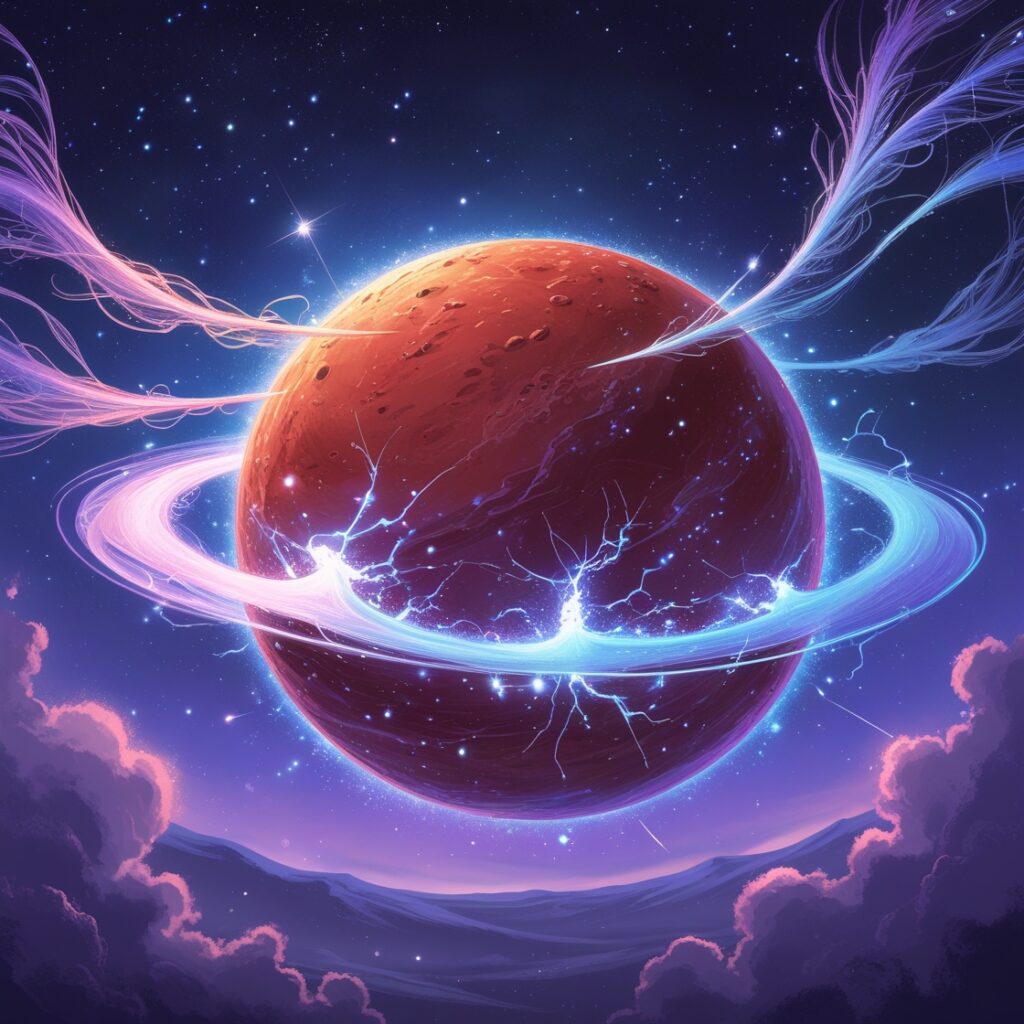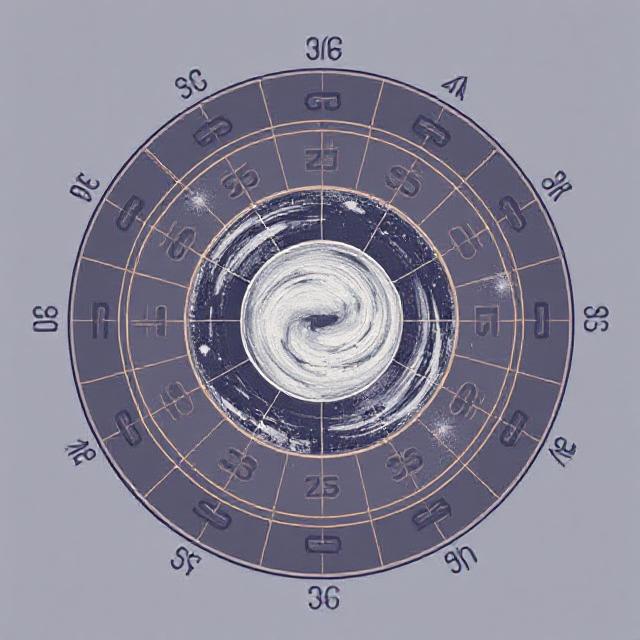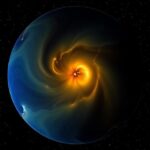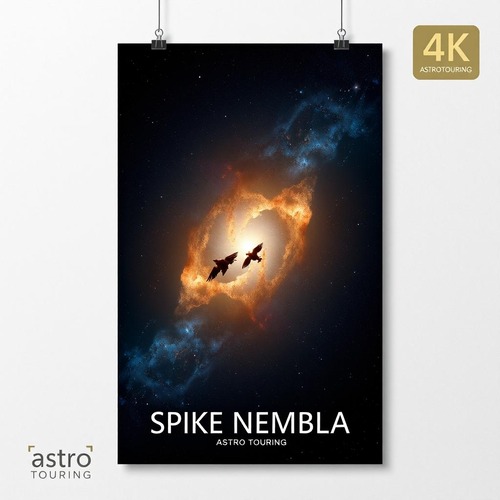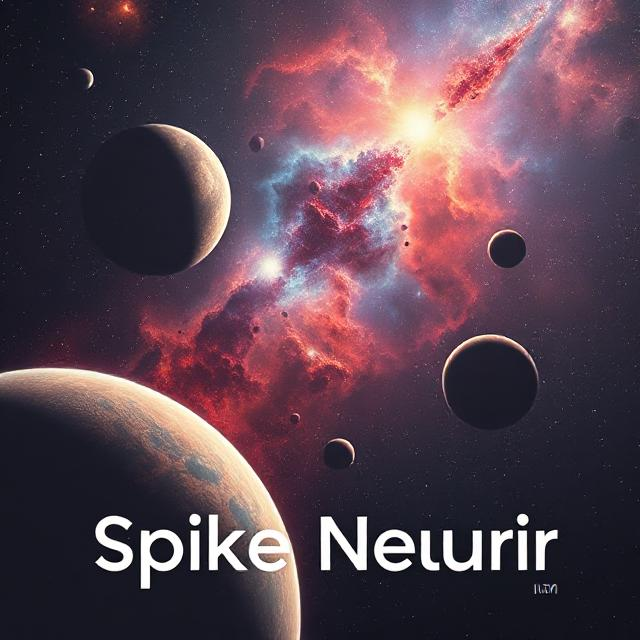Young Star’s Disk in Orion Nebula Being Vaporized by Radiation
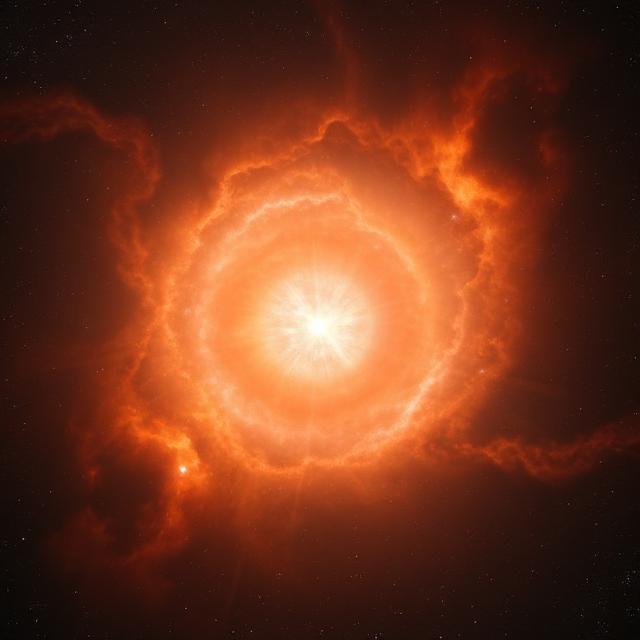

The Cosmic Ballet of the Orion Nebula
A Glimpse into Stellar Nurseries
The Orion Nebula, an iconic sight in our night sky, serves as a birthplace for countless stars. Among these cosmic cradles, a small red dwarf star harbors a protoplanetary disk known as d203-506. This region, however, faces challenges due to the surrounding massive stars, which are approximately ten times more massive than our Sun. These celestial giants are causing the disk to shed material at an alarming rate, roughly equivalent to one Earth’s mass per year.
The Role of Radiation
Recent investigations, detailed in a study published by Science, have unveiled that intense far-ultraviolet (FUV) radiation is responsible for the disk’s material loss. The James Webb Space Telescope (JWST) and the Atacama Large Millimeter-submillimeter Array (ALMA) revealed that this radiation is heating and ionizing the gas within the disk, causing it to disperse into the vast interstellar medium. This phenomenon, known as photoevaporation, poses a significant threat to the potential formation of planets.
Challenges in Planet Formation
A Star’s Struggle
The star at the heart of d203-506 is a red dwarf, a classification of stars known for their small size and relatively light gravitational pull compared to more massive stars like our Sun. With just ten Jupiter masses of material in the disk, lead researcher Olivier Berne from the National Centre for Scientific Research warns that this mass could vanish within a million years due to the ongoing photoevaporation. This timeframe is crucial, as it is typically the period required for a gas giant like Jupiter to form.
Implications for Planetary Development
Berne emphasizes that the findings highlight the critical influence of photoevaporation and nearby massive stars on planet formation. While the fate of d203-506 remains uncertain, the study underscores the need to consider these environmental factors when exploring early planetary systems and the potential for life.
The Path Forward
Expanding Our Understanding
To further unravel the mysteries of stellar nurseries, Berne and his team have secured additional observation time with the JWST. Their goal is to develop a comprehensive catalog of protoplanetary disks within the Orion Nebula. This endeavor will enhance our ability to model and predict the evolutionary paths of similar star-forming regions.
Interconnected Cosmic Stories
Berne challenges the notion of isolated star and planet formation, highlighting the interconnectedness of these processes. He draws parallels to our own Sun, which once formed in a similar environment surrounded by much larger stars. Understanding these complex interactions is essential for piecing together the cosmic puzzle of how planetary systems emerge and evolve.
Through these discoveries, scientists aim to deepen our understanding of the intricate processes at play in the universe’s stellar nurseries, shedding light on the potential origins of life itself.



